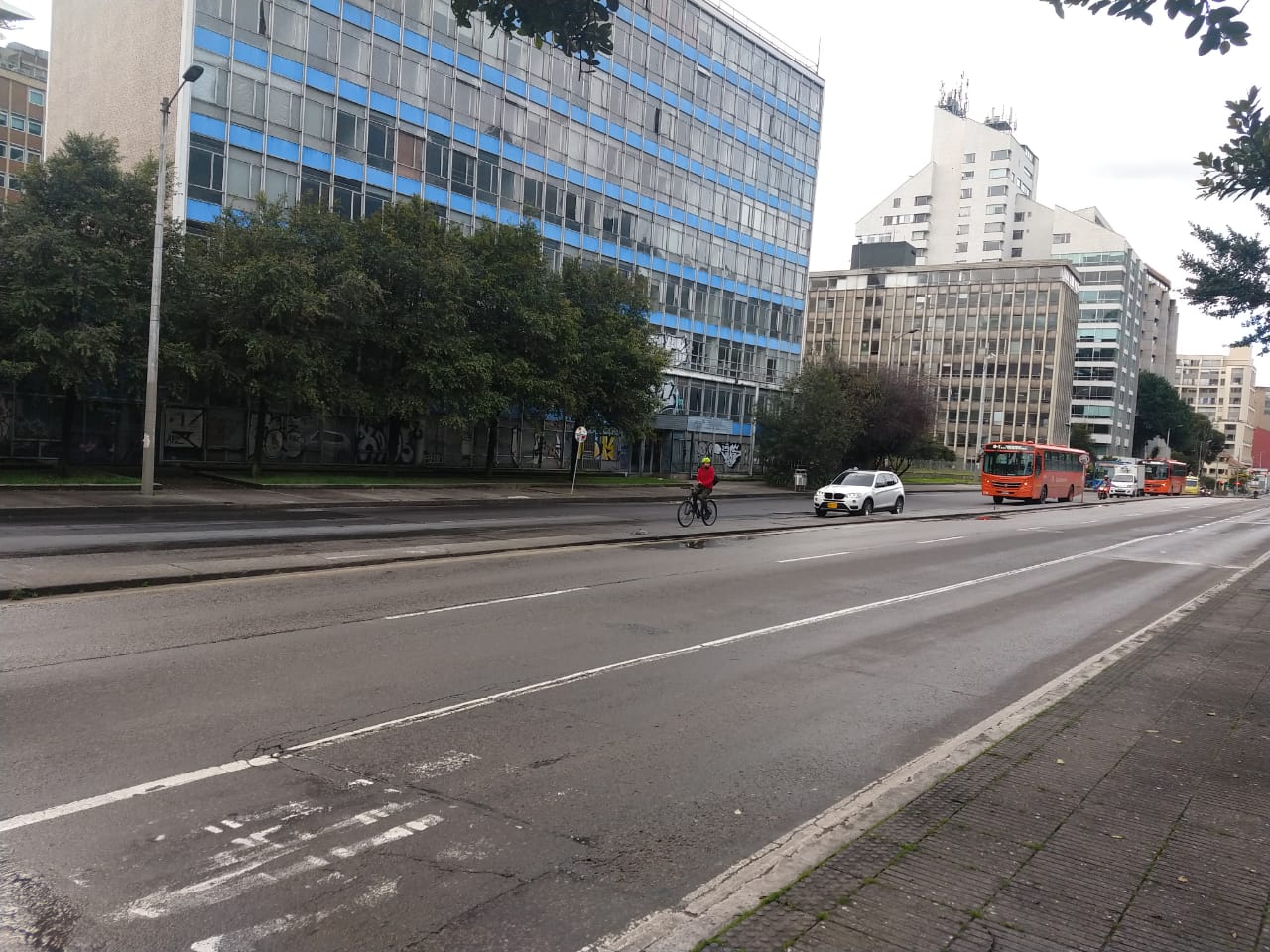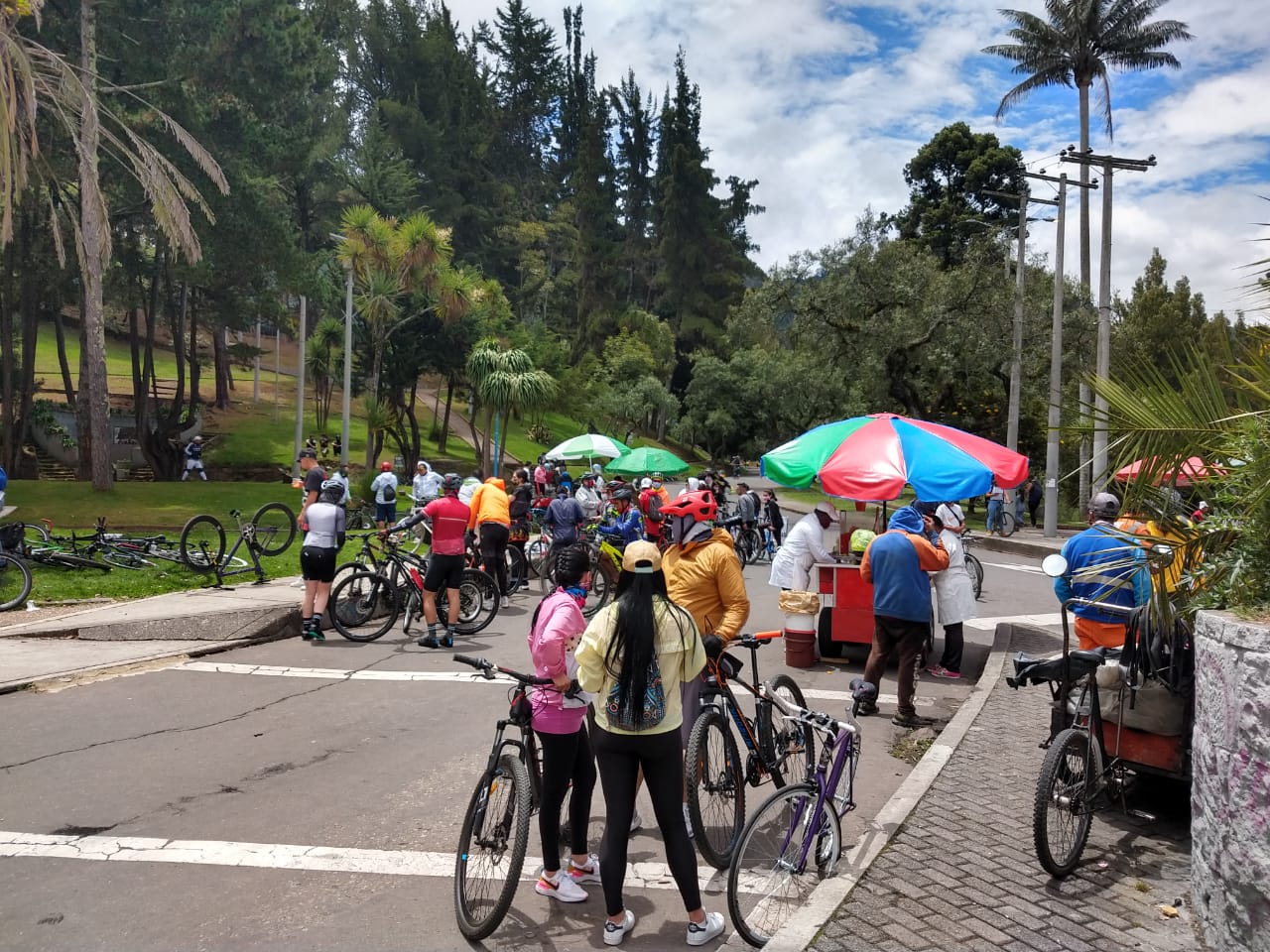 A recent study from researchers at the Universidad de Los Andes has analysed changes in social and educational mobility in Colombia over the past ten years.
A recent study from researchers at the Universidad de Los Andes has analysed changes in social and educational mobility in Colombia over the past ten years.
Despite modest progress, Colombia continues to lag behind the rest of the Latin American region.
La Lotería de La Cuna (The Cradle Lottery) examined the extent to which an individual is influenced by the level of education that their parents achieve.
Educational mobility is still significantly lower for those whose mothers never completed more than primary school.
Progress in Bogotá and Antioquia skews the results a little, with much less improvement seen on the Atlantic coast, in the Valle de Cauca region, and in Eastern Colombia. The Pacific coast shows modest improvement.
Central Colombia – including the coffee region, Tolima, Huila, and Caquetá – has seen a decline in educational mobility for members of the most vulnerable populations.
Factors that significantly decrease the likelihood of an individual surpassing their parents’ education level are: Municipal poverty rates, the percentage of the population identified as Afro-Colombian, and the presence of armed conflict.
Nariño and Meta dominate the list of municipalities with the highest risk factors for low mobility, with Marpíripan (Meta), Puerto Guzmán (Putumayo), and Roberto Payán (Nariño) at the top.
By Greg Haugan





